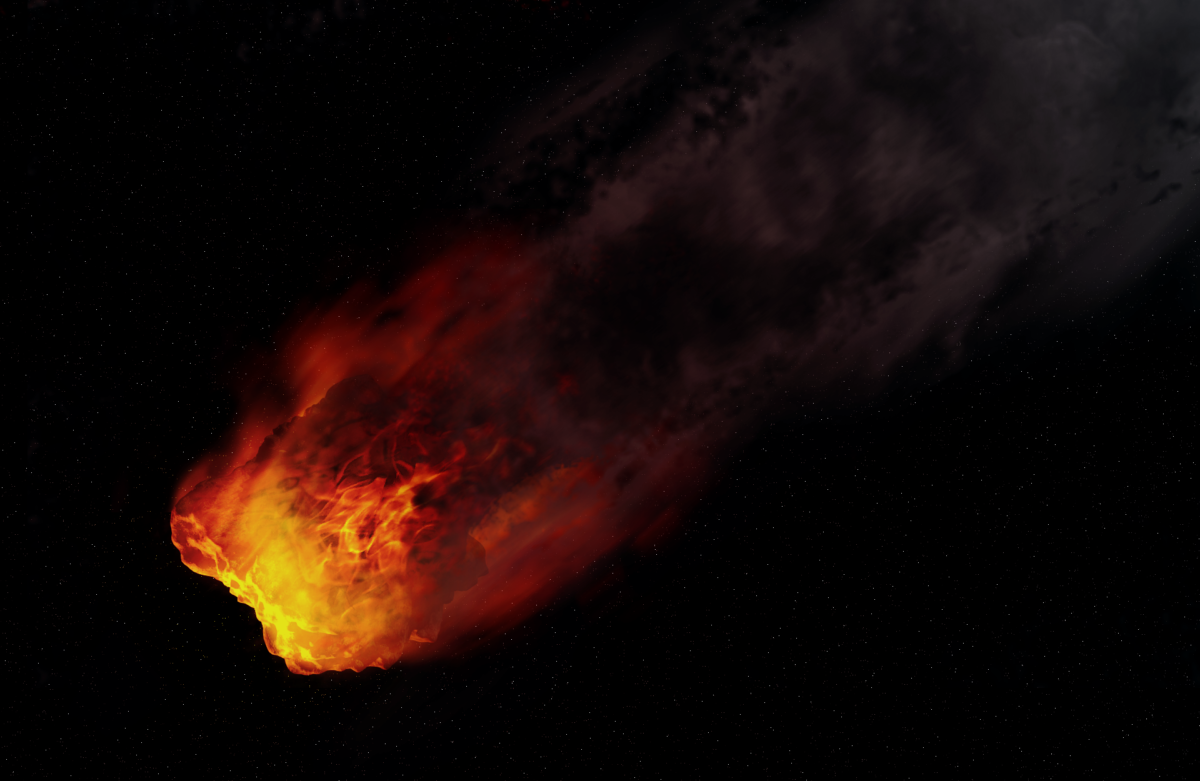Meteorites, like E.T. and Superman, come from space. If you go outside and look up, you’ll see it, even though it’s very far away. Their arrival here is a happy accident; a violent end to an incredible journey. Meteorites are classified in a number of ways, but mostly by their chemistry. The simplest way to split them up is into three broad groups: stony – known as chondrites and the most common type, iron and stony-iron, a combination of the first two. There are about 60,000 documented finds, with examples of a few millimetres across to the 60-tonne Hoba, in Namibia.
Meteorites fall all the time and everywhere, but they are not all large enough to notice, and a surprisingly small percentage of our planet’s surface is covered in humans that might notice. Most – the vast majority – are chondrites, which can be difficult to distinguish from slightly polished rocks. Easier to actually find and collect, however, are the iron type. Mostly because you can use a metal detector to find them, and – once you have it in your hand – is easier to recognise as something unusual. A larger fall will result in a strewn field – a spread of small pieces across a wide area, as the mass breaks up on entering the atmosphere. Even once you have a good idea where you might find the pieces, finding some can take a bit of careful planning and a lot of physical work.
So – what actually IS it? Most of the material that hits Earth is simply leftover matter from the event that created our solar system. Stuff that didn’t get to be part of a planet, and have been flying around the sun since then, lonely and afraid, and roughly the same age as our planet – about 4.54-4.55 billion years old. The oldest meteorite found so far, Muonionalusta, which fell over Sweden a million years ago, has been dated at 4.5653 billion. The nomenclature can be a little confusing. These leftover lumps take a few different forms. Asteroids are big chunks, determinedly orbiting the sun pretending they are planets. We think they have iron-rich cores surrounded by a thick rocky jacket. That’s where the meteorites come from – iron-nickels are bits of the centre, chondrites from the edges, and so on.
Meteorites have a bit of a bad rep, for killing the dinosaurs and Bruce Willis. But we need to forgive them, because in reality they are amazing things. Space travellers, older than the mountains, that may well be the end of us one day, but also perhaps brought us some of the building blocks of life in the first place. In 1969 near Murchison in Australia, a meteorite fell that contained organic molecules, including amino acids. Perhaps we all came from space, too.
Smaller pieces are meteoroids, which become meteors as they come through our atmosphere, the heat creating a fireball and long, burning tail. Shooting stars. They only become meteorites once they land. Landing is not just what makes them meteorites – it’s the scariest part of the whole phenomenon for us humans. In the long term, provided we avoid killing ourselves, the impact of a huge meteorite may well be what finishes us off. Perhaps only a great many from the initial impact, but then quite possibly the rest of us from the resulting environmental mess.



